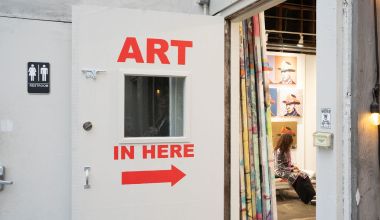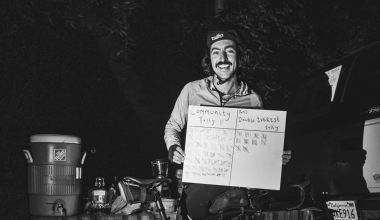This coming Wednesday, October 10, marks one month since the Lompoc riverbed evictions. Initially, a temporary triage center was opened at Lompoc’s River Park to provide temporary shelter and access to key resources for those willing to undergo mental-health and addiction treatment, but it will close on Wednesday. This was an unpopular option for many of the riverbed’s evicted inhabitants, yet it connected some people to recovery programs and helped others to reunite with supportive family members. According to a statement by the City of Lompoc, a total of 69 evicted riverbed residents accessed the triage since its opening, and about 20 remained at the center by the time it closed. Those who benefited from the temporary center will be required to vacate the premises and continue their recovery elsewhere. Most riverbed evictees will remain displaced, without access to proper resources or a secure place to spend the night.
For years, Lompoc residents without a home had found one in the Santa Ynez Riverbed. On the riverbed’s three-mile stretch, people pitched tents, built makeshift shelters, or found nooks besides the brush and foliage to rest for the night. With a growing population of more than a hundred inhabitants, the riverbed, until recently, welcomed those who were unable to achieve residential stability due to issues ranging from mental illness to drug and alcohol addiction to simply being down on one’s luck, among other circumstances. In a city that has lacked sufficient shelters and adequate resources for its homeless population, city officials and community members in Lompoc generally tolerated, if not ignored, the precarious community that formed within the riverbed.
Life was peaceful for many of the people who lived in the riverbed, at least insofar as they knew they had a stable, quiet place away from the street to return to at night. This arrangement changed, however, after a series of thefts, assaults, and finally a murder unnerved the surrounding community, and, ultimately, the local authorities. Yet these crimes also rattled the well-being of the riverbed’s conscientious, more established residents, which makes it especially bitter that a series of isolated crimes has triggered a veritable anti-homeless campaign in Lompoc. According to Santa Ynez riverbed inhabitants, rumors about the forthcoming evictions have loomed since they began circulating in February. In August, 30-day eviction notices were posted on encampments. By the final day before evictions commenced, most people had left the riverbed, but many others stayed. They had nowhere else to go.
According to Public Defender Christine Voss, the triage did not originally provide the necessary resources to support the evicted residents, “mostly because [law enforcement and other officials] had no idea how many people were going to be there.” Remotely located away from crucial resources, people who accepted shelter at the triage had to walk many miles simply to take showers and wash their laundry. Many had lost their identification cards and also needed referrals and access to services not provided by onsite. “When we saw these missing pieces,” said Voss, “we were able to jump in and drive people to where they needed to be so they could reestablish themselves and access resources.” Ultimately, much of the service Voss and other advocates provided had to do with making people “feel good about themselves,” and because these are people that have been marginalized in society, it was also about “building relationships of trust with them.”
“Once you see the challenges that are presented to some of these people, you can also see why someone would give up, become depressed, and become a recluse from society. The barriers they face are almost insurmountable,” said Voss. Access to shelters in Santa Barbara County, for instance, are scant, have sobriety requirements, and do not allow visits from family members or offer pet lodging. “These requirements leave people in the cold, if you will, even if there is a bed available for them,” said Voss. “Though we’ve been providing resources, that doesn’t solve the question of where they would physically go when the triage closes. If we’ve built relationships of trust, at least, hopefully we can build on the work we’ve started now that they don’t have a riverbed to go to anymore.”



